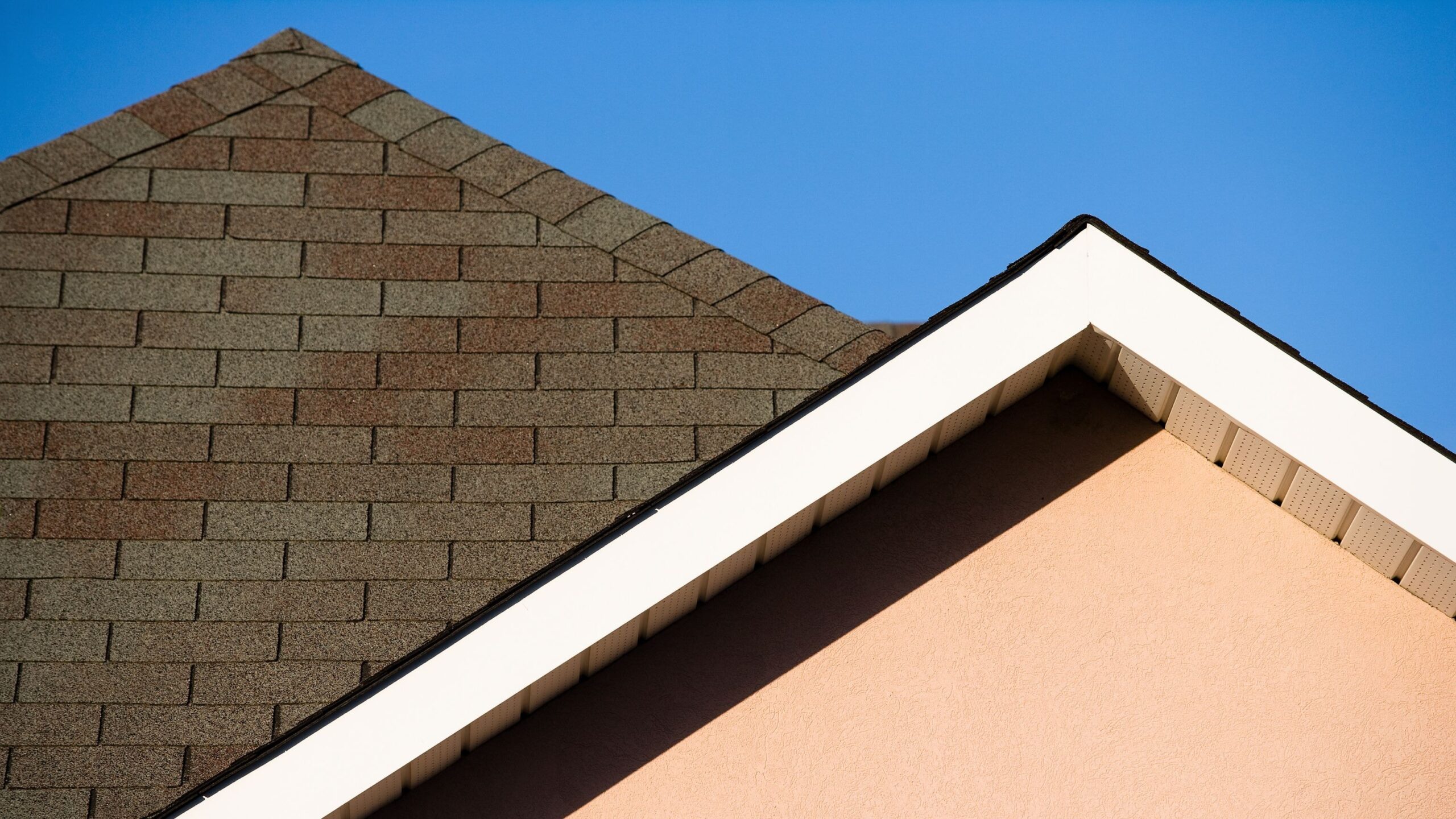
Understanding how to measure roof pitch is crucial for anyone working on a roofing project or renovation. Whether you’re calculating it yourself or consulting with a contractor, knowing the pitch of a roof helps in selecting the right materials and ensuring your roof provides adequate protection against the elements. This guide walks you through everything you need to know about measuring roof pitch, from understanding the basic terms to using a roof pitch calculator.
What is Roof Pitch?
Definition of roof pitch
Roof pitch is the ratio of the vertical rise to the horizontal span of your roof. In simpler terms, it’s how steep your roof is. A higher rise in the ratio means a steeper pitch, which is important for drainage, insulation, and selecting roofing materials. For instance, a flat roof will have no or only a slight pitch, while high-pitched roofs are noticeably steep.
Understanding how roof pitch is measured is essential for construction projects and home improvement tasks. It’s not just about how the roof looks; the pitch of a roof determines how well it can withstand weather conditions like rain or snow. Getting the right roof pitch calculations ensures your home is protected and properly insulated, making it a critical part of roof planning.
Importance of knowing roof pitch
Knowing how to calculate roof pitch is more important than you might think. Sure, it helps with the aesthetics, but the bigger picture involves protecting your home from environmental factors. A roof with the wrong pitch may struggle to drain water effectively or may not be able to handle heavy snow loads. It also influences your choice of roofing materials like asphalt shingles or wood shingles, as not all materials are suitable for every pitch.
Accurately determining your roof’s pitch ensures you use the right materials, and it helps contractors make informed decisions when working on your roof. It’s a good idea to learn how to determine roof pitch yourself, even if you’re hiring a professional. This knowledge helps you better communicate with roofers and designers about your roofing project and keeps you informed about the cost and design process.
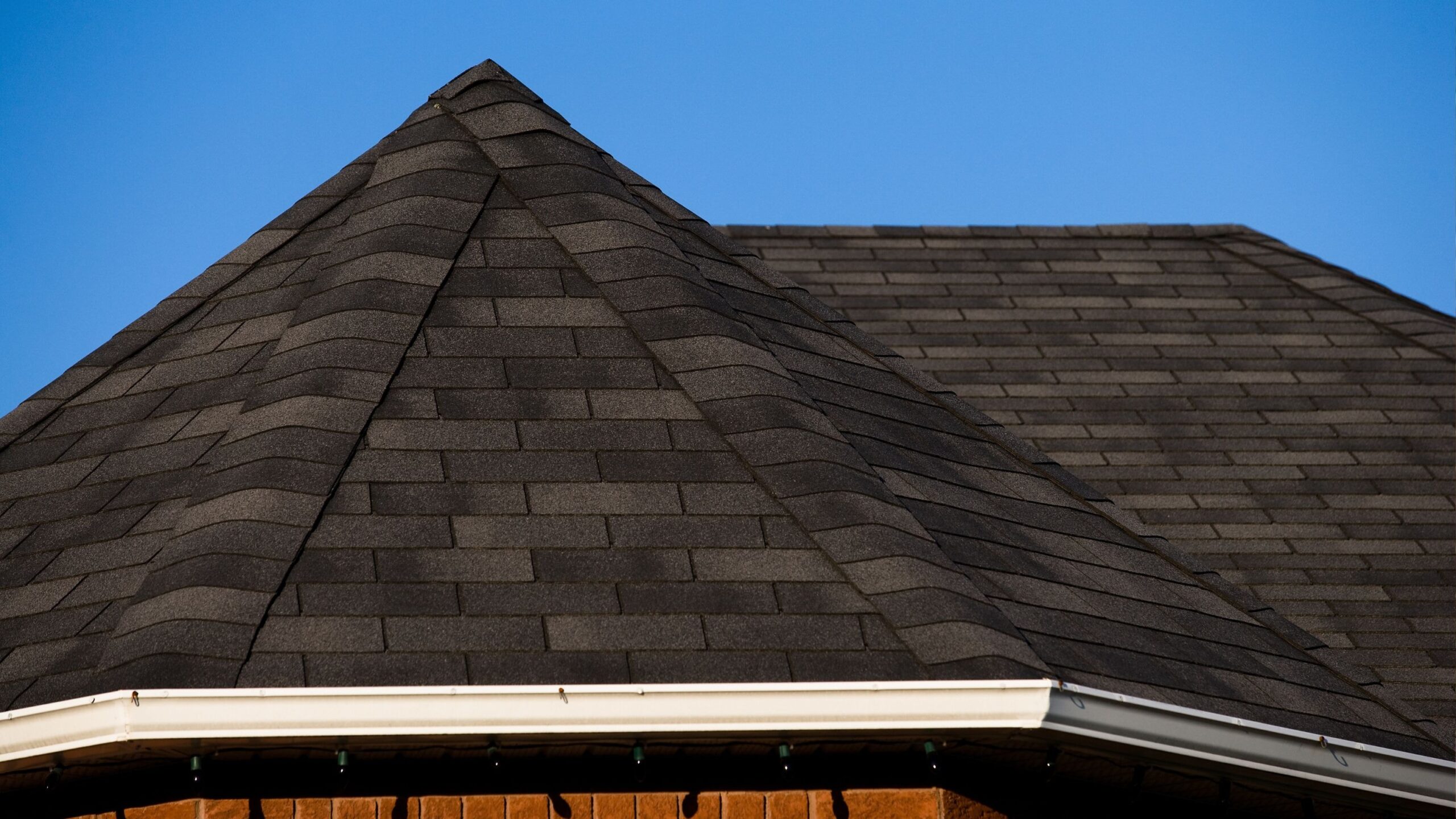
Understanding Roof Slope
Difference between roof slope and roof pitch
Roof slope and roof pitch are often confused, but they’re two different measurements. Roof slope refers to the angle at which the rafters of a single plane of the roof rest, while roof pitch is the ratio of the roof’s height to the horizontal span. Essentially, roof pitch looks at the whole structure, while roof slope focuses on a single section.
How roof rises affect roof pitch
The steeper the roof slope, the higher the pitch. For example, steeper pitches are better suited for shedding water and snow, which is why you’ll find steeper roofs in regions prone to heavy snow or rain. If a roof rises too gradually, you might face issues with water pooling or snow accumulation, which can lead to leaks or structural damage. On the other hand, steeper roofs may require scaffolding for maintenance and roof repair.
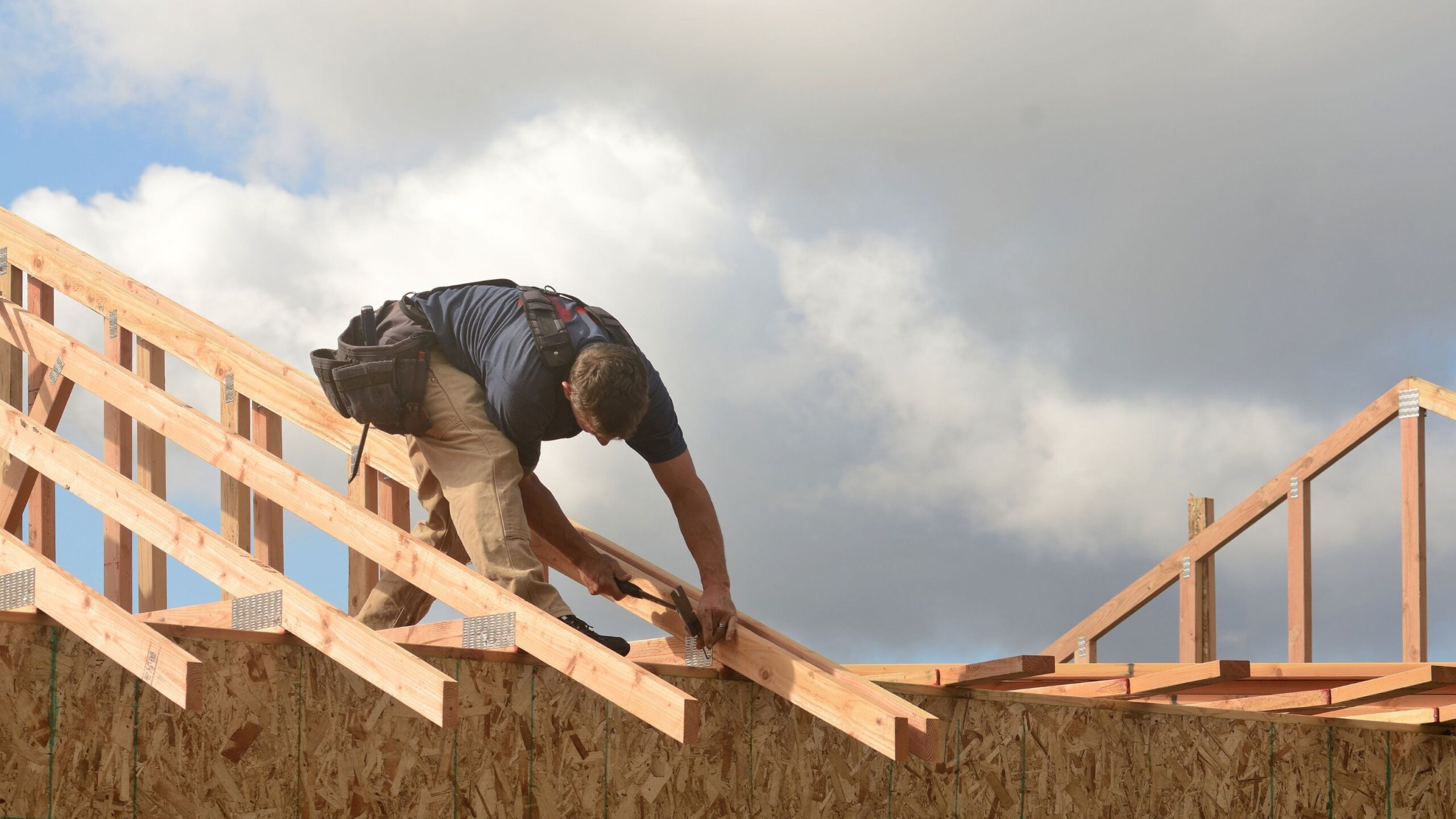
Calculating Roof Pitch
How to calculate roof pitch as a ratio
To calculate roof pitch as a ratio, you first need to understand that the standard pitch ratio is expressed as “X:12,” where “X” is the vertical rise, and 12 is the horizontal run. For example, a roof with a pitch of 6:12 means that for every 12 inches of horizontal distance, the roof rises 6 inches. It’s a simple yet effective way to determine how steep a roof is.
Calculating roof pitch in degrees
If you want to take it a step further, you can calculate the pitch in degrees. The formula for this is: Roof Pitch = [arctan (Rise ÷ Run)] × 180/π. While this may sound complicated, it’s essentially converting the rise and run into a degree measurement, giving you a more precise figure for your pitch. Let’s say you have a roof rise of 8 meters and a run of 5 meters—you’d plug those numbers into the formula to find your pitch in degrees.
Using a roof pitch calculator to calculate roof pitch
If that’s too much math for you, don’t worry. You can always use a roof pitch calculator. These are widely available online or as apps, and they simplify the whole process. Simply input your run measurements and rise, and the calculator will tell you the pitch of your roof in seconds. This makes it easy to get accurate results without needing a math degree! Some calculators even include a roof pitch multiplier, which helps convert the ratio into degrees or other units, offering more precise calculations for your project.
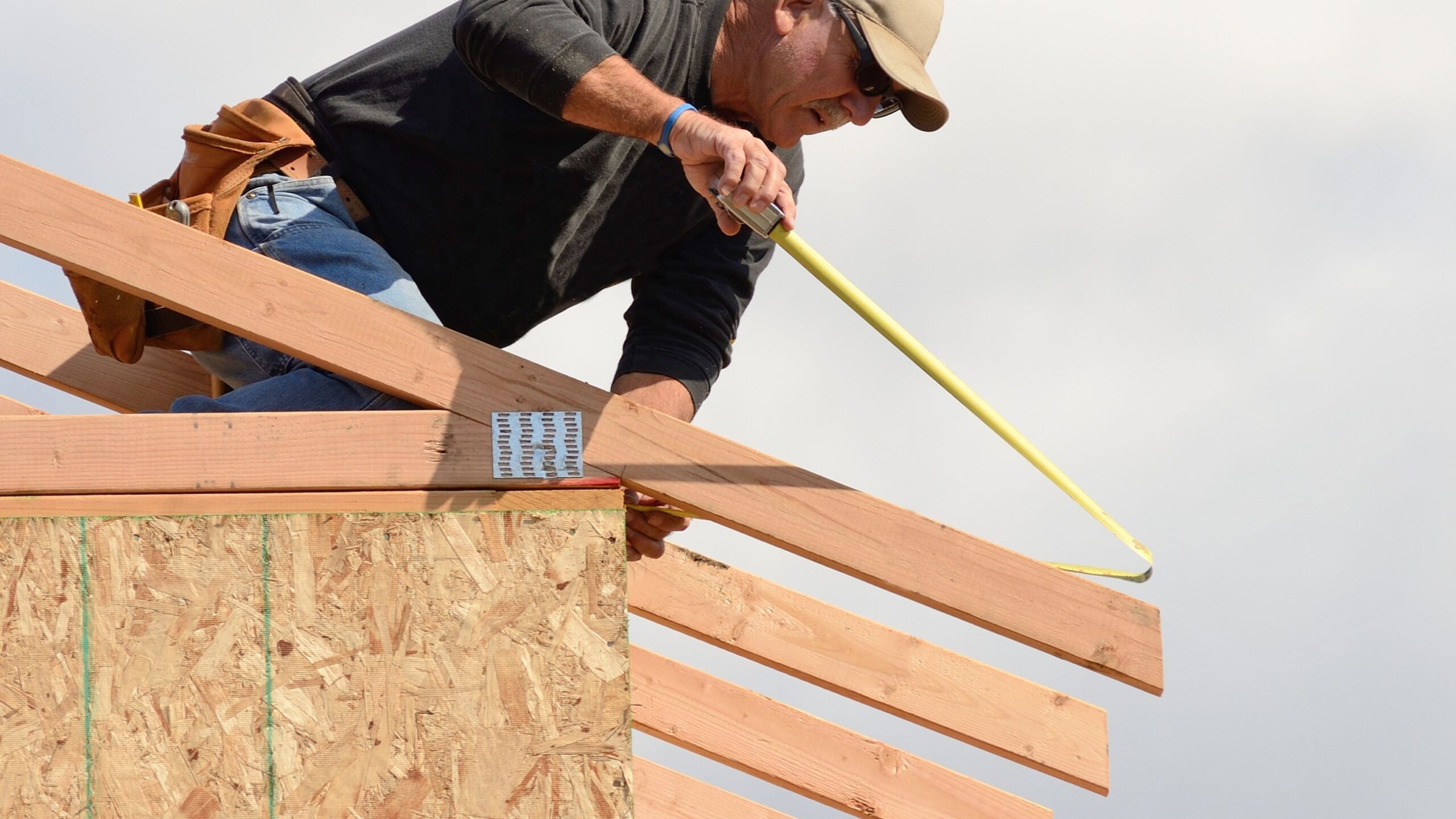
Measuring Roof Pitch
Measuring from the existing roof surface
There are a few ways to measure roof pitch, and you can choose the one that works best for your project. The most straightforward method is to measure from the surface of the roof itself. You’ll need a spirit level and a tape measure. Place the level horizontally on the roof and use the tape measure to find the vertical distance from the 12-inch mark on the level to the roof surface. This gives you the vertical rise for your pitch calculation.
Measuring from inside an attic
Alternatively, if you have attic access, you can measure from the inside of the attic. Use a level to measure vertically from the 12-inch mark straight up to the roof deck. This method is especially useful for getting an accurate reading when you can’t safely access the roof surface. Always remember to take safety precautions, especially when working at height. Use extreme caution, and if you’re unsure, it’s best to call a professional.
When you measure from a flat surface, such as inside the attic or on the roof, ensuring that your horizontal measurement is accurate is key. A structure wall or a stable edge can help in guiding your measurements. Take note of how the roof rises vertically and be sure to consider the overall roof span and horizontal length when performing your calculations.
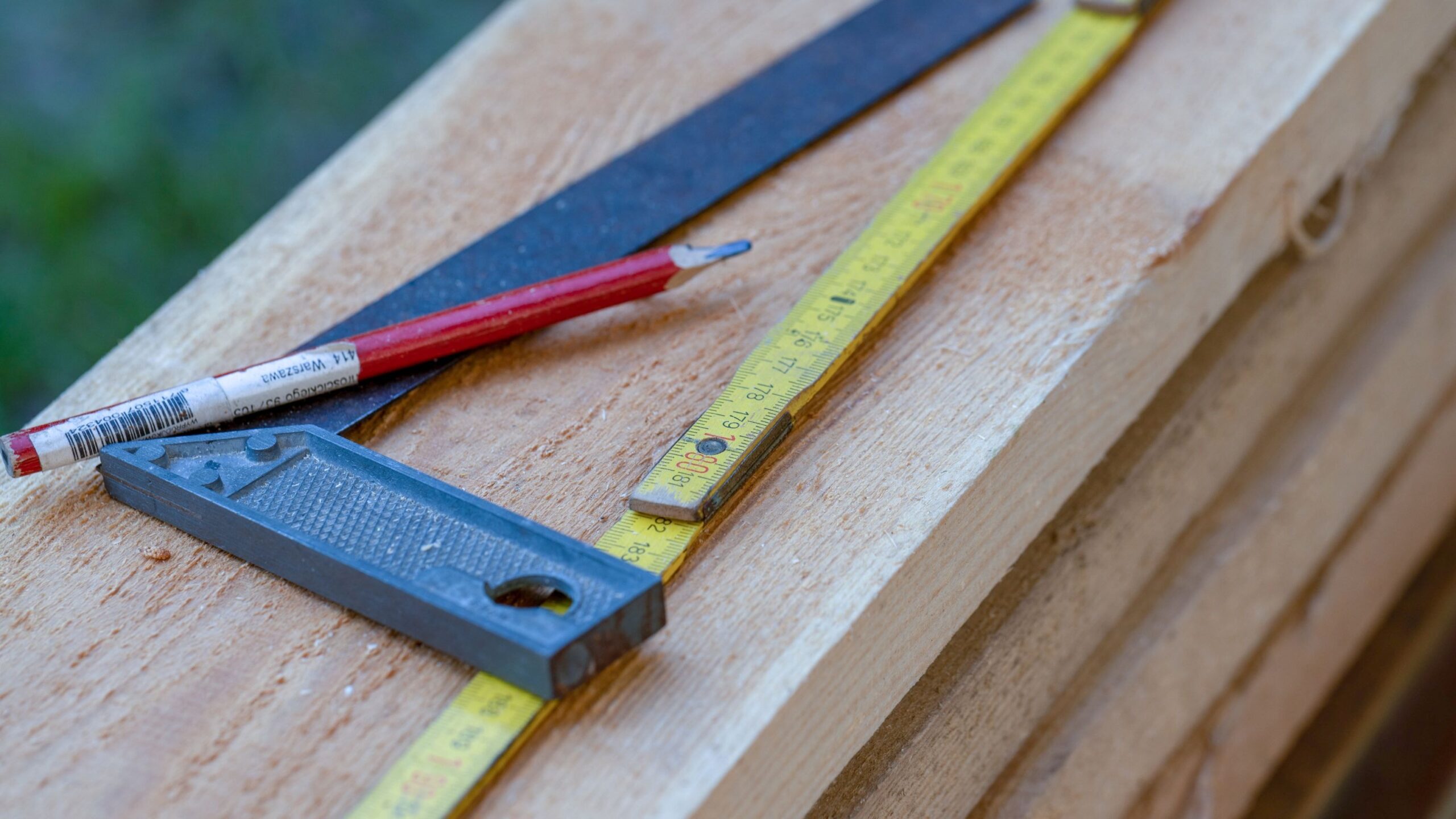
Standard Roof Pitch
Minimum roof pitch for snow
Standard roof pitches vary depending on the type of roof and the climate in your area. For example, the minimum roof pitch for shedding snow in colder regions is around 30 degrees, which translates to a 6:12 or 7:12 slope. In snow-prone regions, steeper pitches prevent snow from accumulating on the roof, helping avoid excess weight on the structure.
Average roof pitch for different types of roofs
For most homes in the United States, the standard pitch ranges from 4/12 to 9/12. These pitches provide a good balance between drainage and aesthetics. Keep in mind that the pitch of your roof will also influence the cost of construction and maintenance, as roofs that are steeper typically require additional materials and labor.
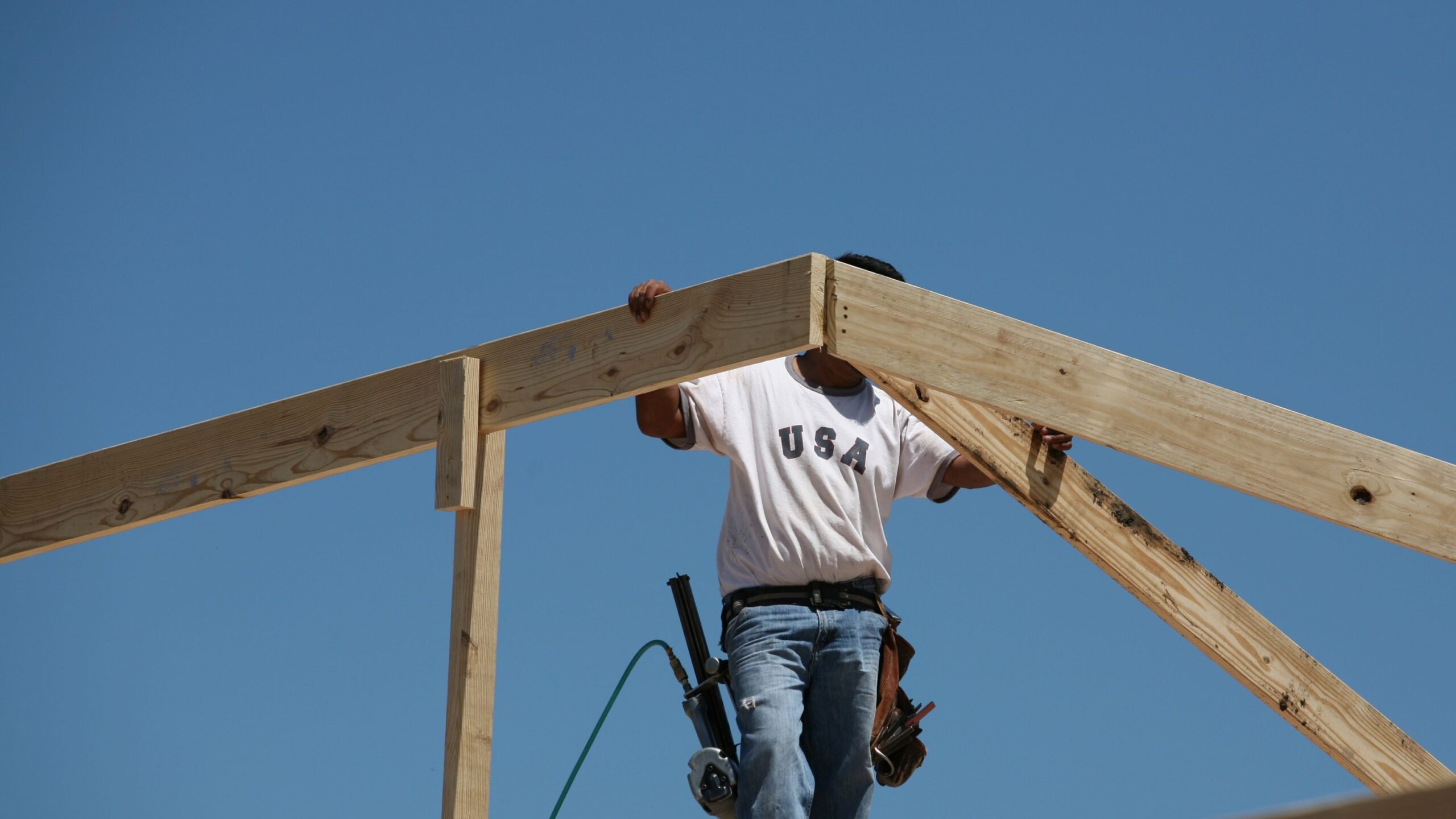
Types of Roofs by Pitch
Flat roofs
Different roof types have different pitch requirements, and flat roofs are no exception. A flat roof isn’t truly flat—they have a slight pitch, usually between 0.5 to 2 inches for every horizontal foot. This small slope helps with water drainage, ensuring that rainwater doesn’t pool on the surface. However, because of this minimal pitch, flat roofs require a specialized roof covering to prevent leaks and maintain durability over time.
Low-pitched roofs
Low-pitched roofs typically have a pitch between 2:12 and 3:12 and are common for dormers or modern architectural designs. While these roofs are easier to walk on, they’re not ideal for areas with heavy rainfall or snow.
Medium-pitched roofs
Medium-pitched roofs have pitches ranging from 4:12 to 9:12. These are more common in residential homes and are still walkable with caution. If the pitch is on the higher end of this range, you may need fall protection gear to navigate the roof safely.
High-pitched roofs
At the top of the range, high-pitched roofs have a pitch greater than 9:12. These are often seen in older homes or steep architectural styles. High-pitched roofs are not walkable, and maintenance often requires scaffolding or professional assistance. While they offer great protection against snow and rain, they can be costly to maintain.
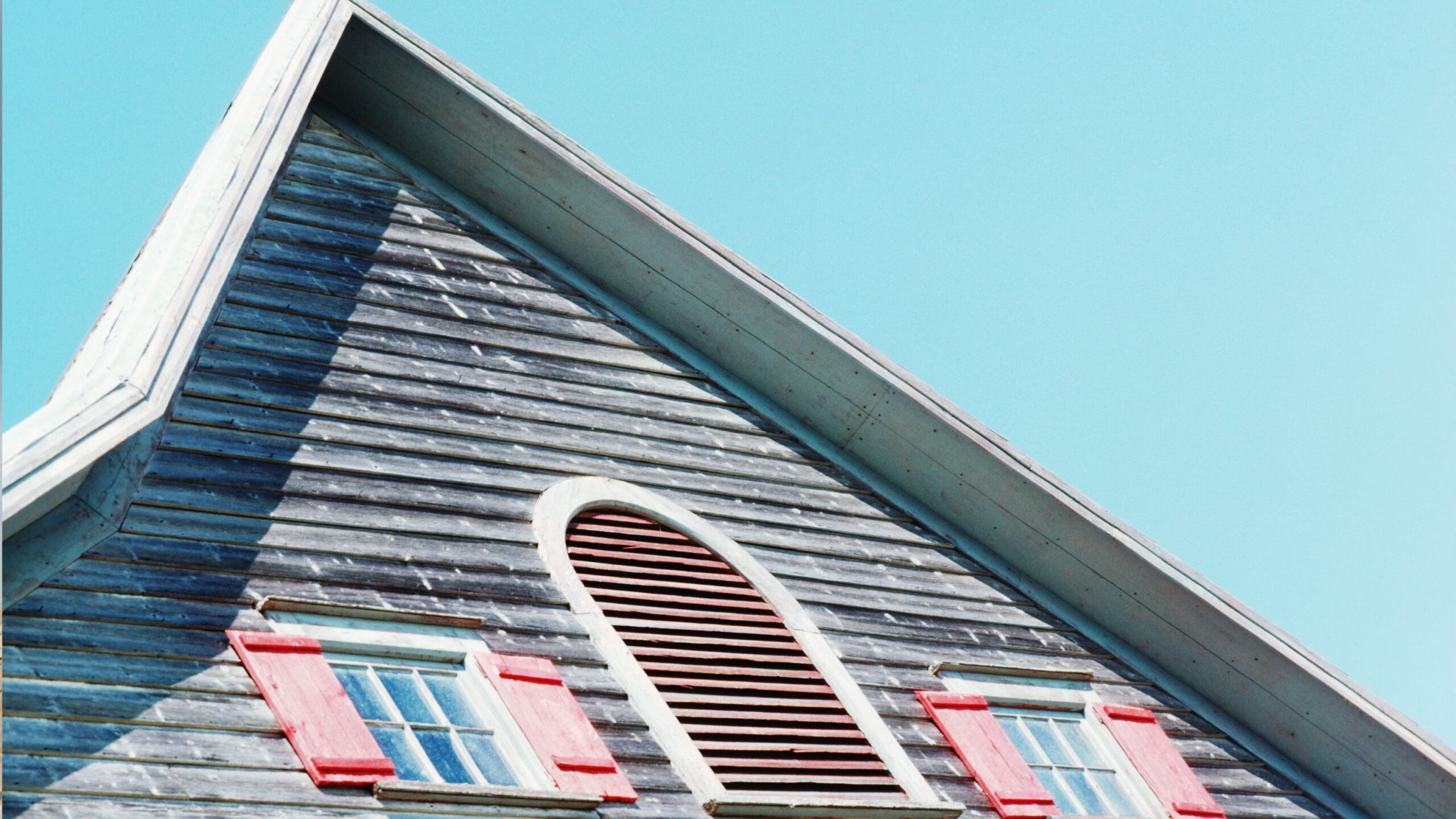
Tips for Measuring Roof Pitch
Keeping safety in mind
When measuring roof pitch, safety is paramount. Working on a roof means being at a height, so always ensure you have proper safety equipment and that your ladder is secure. If you’re unsure about calculating roof pitch yourself, it’s always better to hire a professional.
Avoiding common mistakes when calculating roof pitch
Avoid common mistakes by ensuring you measure accurately. For example, if you’re measuring from inside the attic, remember to account for the thickness of the roofing material above the roof deck. Measuring from the roof surface? Be sure to use a level and make sure it’s perfectly horizontal before taking any measurements. Accurate measurements are key to ensuring your roof pitch calculations are correct.
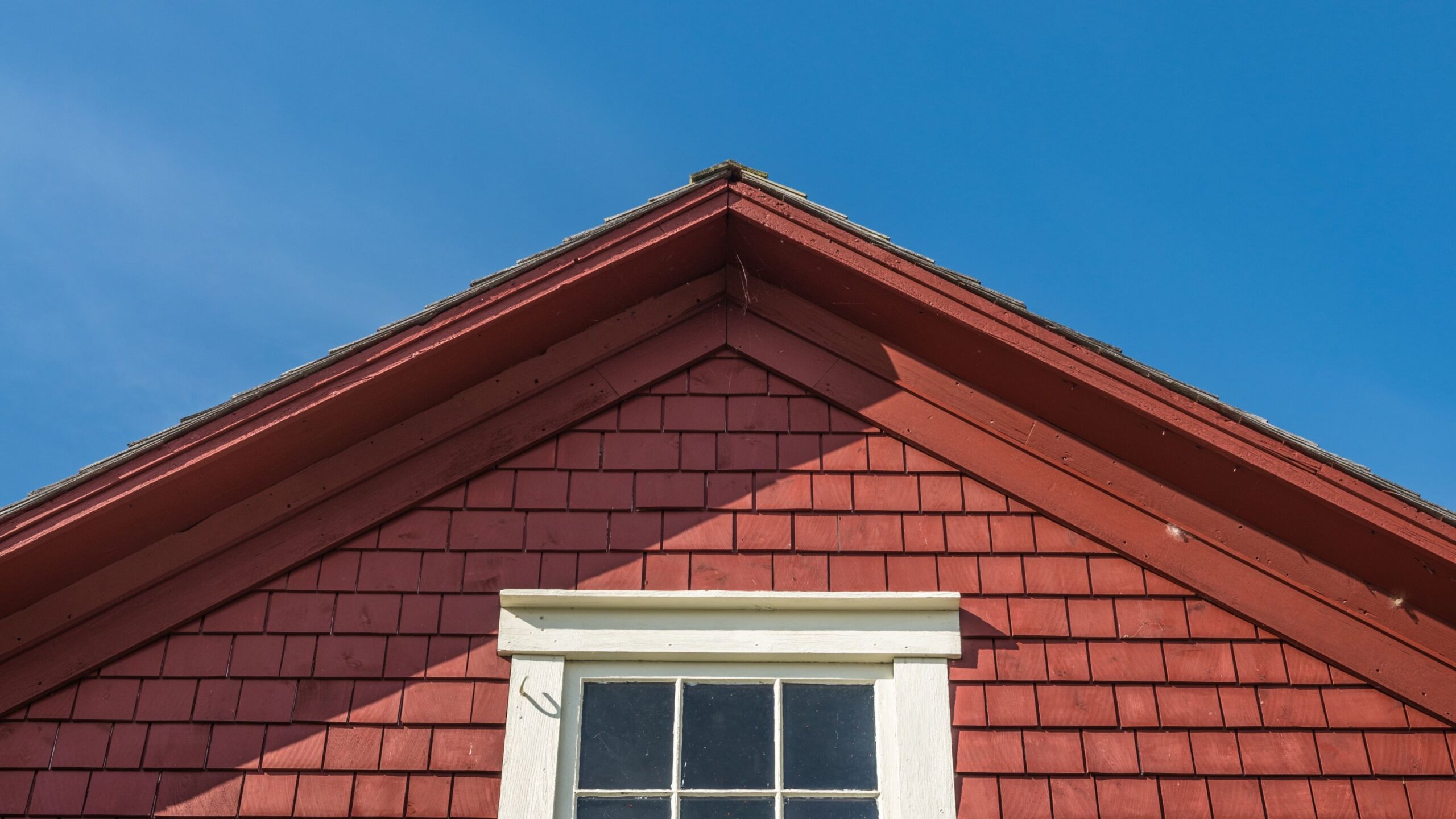
DIY vs. Hiring a Pro
When to DIY and when to hire a professional to measure roof pitch
When it comes to measuring roof pitch, there are times when you can do it yourself and times when hiring a professional is a safer and smarter option. If you’re comfortable using a pitch calculator or simply want to understand the basics before talking to a contractor, it’s helpful to learn how to measure your roof’s pitch. This process involves understanding key factors such as roof rise and the horizontal distance of your roof, both of which are crucial in determining the pitch. It’s also great for estimating costs or discussing project details with designers, as knowing how the roof affects various aspects of your home can make a big difference.
That said, if your roof is particularly steep or in a hard-to-reach area, or if you’re not confident in your DIY skills, it’s best to bring in a professional. They’ll have the right tools and experience to ensure the roof rise and vertical leg are measured correctly. A professional can make sure the rafter length is calculated properly and will know how many inches the roof slopes vertically. Plus, they’ll be able to advise you on roof repair or replacement if necessary. Remember, no roof is ever completely flat, and even a slight pitch can impact water drainage. Either way, knowing your roof’s pitch will help guide the decision-making process and ensure you make informed decisions about materials and costs.
Facebook
